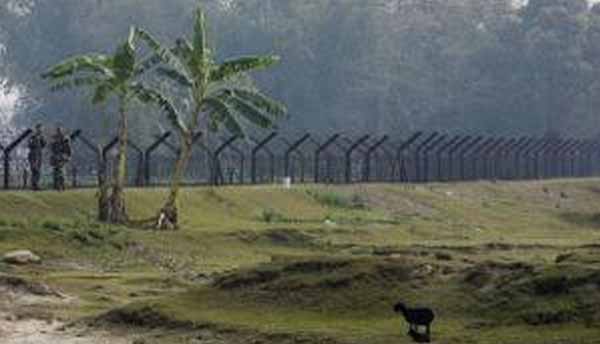
New Delhi, India (BBN)-The Land Boundary Agreement with Bangladesh, which will change the contours of the Indian map, will have significant foreign policy and national security implications for India.
Signed in 1974, it has been ratified by Bangladesh. Once ratified by India, the agreement will forever delineate and demarcate one of India's three undecided boundaries and will be a very big step in securing the borders, reports The Times of India.
It will grant statehood to almost 53,000 people affected by the complicated system of enclaves and adverse possessions that was a pre-independence legacy. It will allow both
India and Bangladesh to develop and secure their border areas.
When cleared by Parliament, it will pave the way for PM Narendra Modi to visit Bangladesh, possibly in June, a key element in his neighbourhood policy. India also owes Bangladeshi PM Sheikh Hasina, who has proved to be a pillar of support on India's security sensitivities.
She is currently battling severe internal pressures, and while India has maintained its support for her, the LBA would be a big fillip.
Bangladeshi officials and political leaders were dismayed at the prospect of an incomplete agreement but refrained from making a political issue of it.
Putting a brave face, they had reconciled to the fact that an incomplete deal was better than no deal. Movement on the LBA, combined with fresh negotiations on a Teesta water sharing deal, has reopened the bilateral relationship.
Assam shares a 262km land boundary with Bangladesh.
In the Dumabari-Lathitilla border area, there was a 2.5km disputed area, which had been resolved in the 2011 agreement.
This gave Assam an extra 700 acres of land. On the adverse possessions agreement, Bangladesh will get 268 acres, while not disturbing the tea and betel plantations, a decision taken after a detailed border survey had been carried out.
This land has been in Bangladesh's possession anyway since independence, the agreement merely legalizes it.
A foreign ministry publication on the LBA said, "In reality, the transferred area has already been in possession of Bangladesh and the handing over of these areas to Bangladesh is merely a procedural formal acceptance of a de facto reality on the ground.
The same applies to Indian adverse possessions within Bangladesh that would be transferred to the Indian Union in implementation of the 2011 protocol.